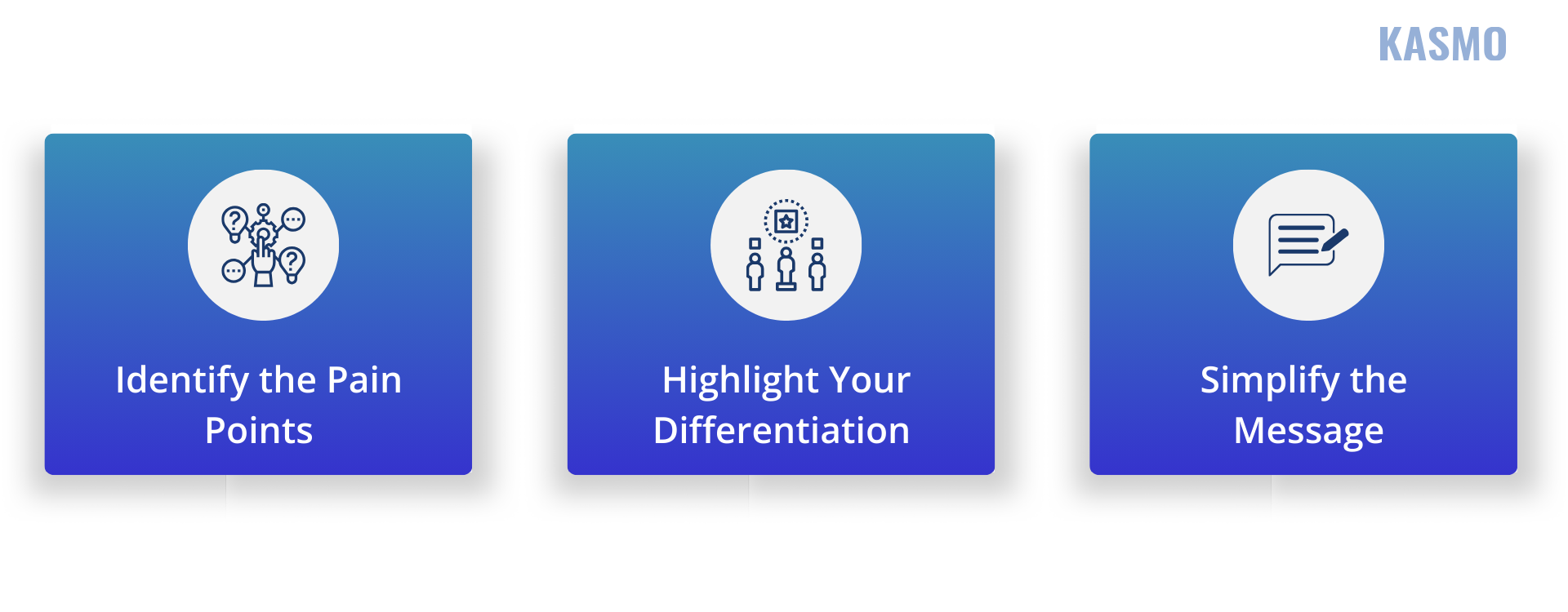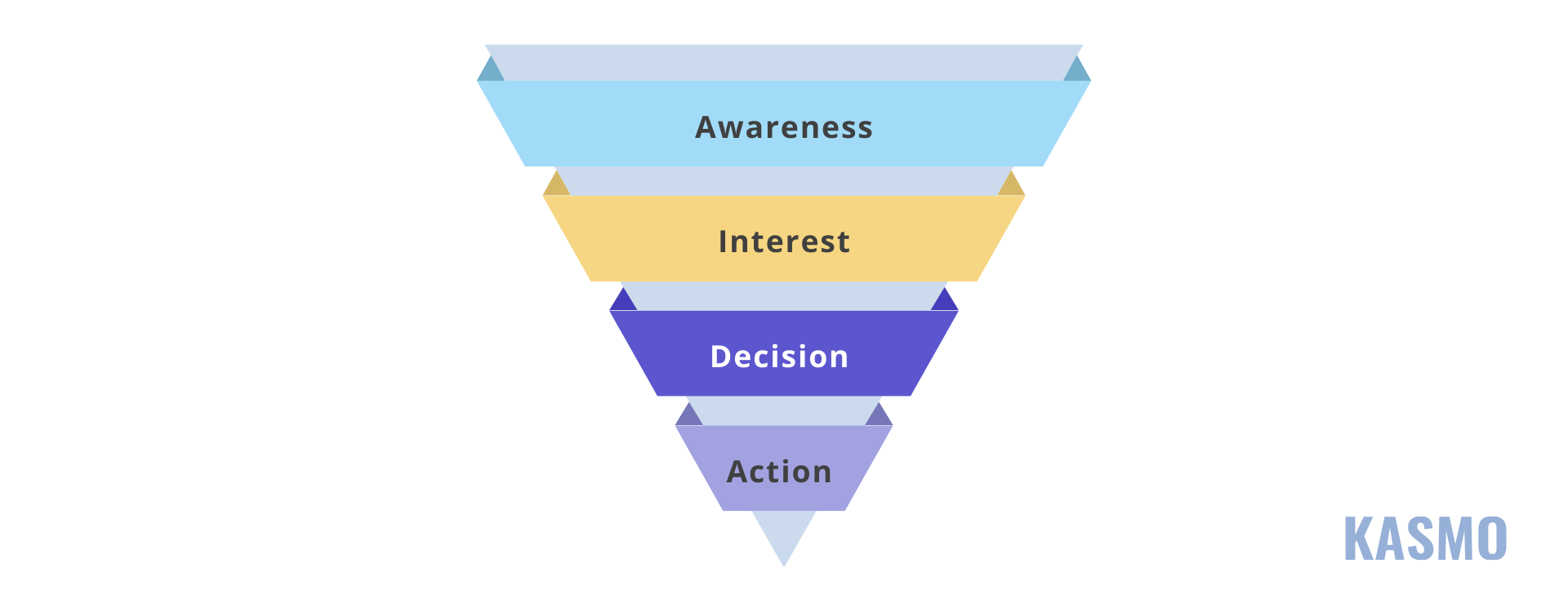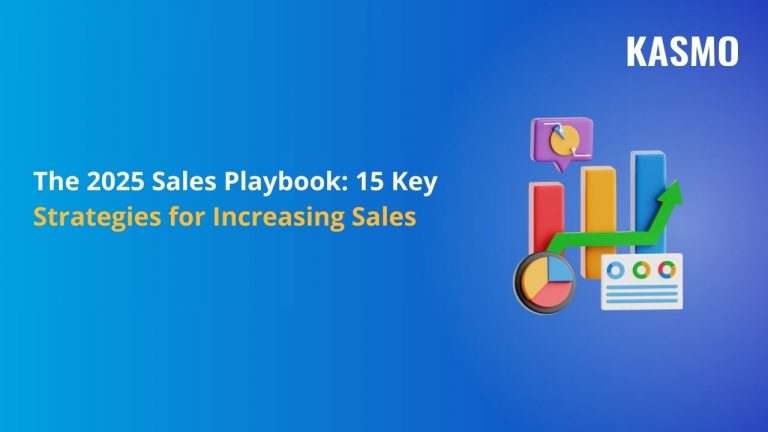Introduction
Sales leaders currently face increasing demands to transform their operations and generate more revenue. Moving forward in 2025 and beyond, business leaders need to design strategies for increasing sales and revenue. These strategies will effectively create new and unique ways to increase sales, optimize employee performance and enhance Return on Investment (ROI).
This blog will explore why businesses should develop powerful sales strategies and introduce sustainable methods to enhance their sales numbers. By using cutting-edge technologies such as Salesforce Data Cloud and Agentforce you can help your team adapt to market vulnerability easily.
15 Strategies for Increasing Sales in 2025
If you are looking to understand how to increase sales, explore these unique strategies:
Set Sales Goals That Can Be Achieved
Sales leaders can aim high to increase their sales. However, they need to consider the capability of their teams and organizational goals. Every organization is different from another. Setting the right sales goals is the key to increasing sales. Your goals should be based on historical data, market conditions, and team capacity to ensure they are both challenging and attainable.
A key method to set effective goals is by using the S.M.A.R.T. framework: Specific, Measurable, Achievable, Relevant, and Time-bound. These attributes ensure clarity and focus. For example, instead of setting a vague goal like “increase sales,” aim for something more specific, such as “increase quarterly sales by 15% through upselling to existing clients.” Moreover, balancing Activity KPIs (like calls made or emails sent) and Outcome Metrics (like revenue or deals closed) ensure you track both the efforts and the results of your team.
Review these goals regularly or at least quarterly to adjust according to market fluctuations or changes in team performance. This ensures that your teams remain agile and can adapt easily to any unforeseen challenges.
Determine the “How” and “Why”
Sales leaders need to understand how their product can add value for any customer. Your customers are eager to buy products not because they are “attractive”- they look for products or services that can solve their specific challenges. A value proposition should explain how your product or service solves your customer’s problem and improves their situation. It is not enough to just list features; instead, focus on the benefits—the real, tangible outcomes that your customer will experience.
Here are some steps to create a strong value proposition:

- Identify the Pain Points: Understand your customer’s challenges and address how your product or service alleviates them.
- Highlight Your Differentiation: Make sure to communicate why your product or service is better than your competitors. Whether it’s pricing, unique features, or elevated customer service, remember – differentiation is key.
- Simplify the Message: Keep your messaging clear and easy to understand. Your customers need to exactly understand what your product is and how your product can solve their challenges. Avoid technical jargon and make the messaging as simple as possible. For example: Let’s say you are selling organic and hand-made soaps. Your soaps lack any chemical and are solely made from natural and organic materials. Send this exact message to your customers. “We help [target market] achieve [specific outcome] without [market challenge].” This structure provides clarity while emphasizing the unique benefits of your solution.
Do you Know Your Customers? If Not, Now’s The Time!
Better understanding your customers’ needs, motivations, and pain points is important before you create strategies for increasing sales. The more you understand your customers, the better you can tailor your messaging and approach. Personalizing marketing campaigns is not enough – bring the practice of personalizing conversations within your sales team as well.
Sales managers can follow these steps to bring in personalization within your sales team:
- You can get to know your customers through first-party data. This data can be collected by directly conversing with customers through different communication channels such as surveys, personal interviews or through social media platforms. To collect first-party data, you need to ask your customers questions that focus on why they have chosen your products and if they think that the company should make any changes to their products or services.
- Monitoring online interaction across social media channels, forums and website interactions enables sales leaders to track customers’ involvement. This notifies the sales leaders to understand customer preferences and expectations.
- By analyzing all customer pain points and interactions throughout the customer journey, your sales team gains clarity on how they can enhance their products and services along with their sales approach and customer service delivery.
Understanding these customer touchpoints allows you to refine your product offerings, improve customer service, and tailor your sales strategies to meet customer needs effectively.
Your Sales Funnel Model Can Provide You with More Insights Than You Think!
The sales funnel model provides a clear roadmap for the customer journey, from initial awareness to final purchase. Breaking down this journey into stages helps your team understand at which stage you might be losing prospects and what steps you can take to convert them into loyal customers.

- Awareness Stage: The first stage of a sales funnel is the awareness stage. At this stage, potential customers are discovering your brand. Use content marketing and SEO strategies to attract traffic through blogs, videos, and social media posts. Providing educational content on your website or public forums like Quora, can help establish your brand as a trusted resource in your industry.
- Interest Stage: After customers show interest in your product or service, nurture them with targeted email campaigns and personalized content. At this stage, offering resources such as free trials, webinars, or eBooks can help your sales team engage better with prospects.
- Decision Stage: At this stage, providing customer testimonials, case studies, and product comparisons will help you reinforce the value of your product or service. Offering personalized demos or free consultations can help you eliminate any customer queries before they arise.
- Action Stage: When the customer has decided that they will purchase your products or service, they are in the action stage of the sales funnel. You need to train your sales team in such a way that the purchasing process is smooth and streamlined. To help your customer give that extra push without being too overbearing, introduce a user-friendly checkout system and subtly push “limited time offers”, prompting your customers to take the final step and close the deal.
Offer Multiple Payment Options
In 2025, consumers expect flexibility when making purchases. Offering a variety of payment methods—such as digital wallets, Buy Now Pay Later (BNPL) options, and traditional credit cards—makes the purchasing process more convenient for your customers, leading to higher conversion rates.
According to market research conducted by Ernst & Young, 85% of merchants are planning to accept new Alternative Payment Methods (APMs). Supporting local payment methods and currencies can expand your reach and attract global customers. This flexibility improves customer experience and reduces cart abandonment rates, leading to increased sales.
Referral or Loyalty Programs – Why Are These the New Norms?
Referral and loyalty programs are proven strategies for increasing sales. You can create these referral or loyalty programs by leveraging your existing customer data (without violating any data privacy regulations) to bring in new leads. However, for a referral program to be successful, it must offer compelling incentives to your customers for bringing in new customers. These incentives could range from discounts, exclusive offers, or even cash rewards, depending on what motivates your target audience.
A successful referral or loyalty program should also be easy for your customers to use. Provide them with pre-written referral messages in simple language, unique referral links, and social sharing buttons. Promoting the referral program across all touchpoints—including thank-you pages, email signatures, and product packaging—will help drive participation of existing customers.
Everybody Loves a Good Discount – But Don’t Overdo It.
Sales leaders can use discounts as an effective strategy to encourage customers to take action and make a purchase. However, you need to create discounts that do not hurt your brand’s image or goals. For example: If you keep on offering 50% discounts or more, your customers may think that you are trying to sell products that are not getting much attention, and you are creating these discounts to clear out your inventory. Use discounts strategically to incentivize larger purchases, introduce new products, or reward loyal customers.
Try Bundling Your Products
Product bundling is a powerful strategy that adds value to customers while increasing your overall sales volume. But what is product bundling? Product bundling can be defined as grouping complementary products together, so that you can encourage customers to buy more than they originally intended. But don’t be too pushy otherwise you’ll overwhelm your customers. Your sales team needs to understand which customers can be subtly nudged towards purchasing these “bundled products”. Remember, you cannot apply this strategy to each and every customer.
For instance, if you sell organic soaps, bundling items like loofah, shampoos and conditioners at a discounted price can boost your average order value. Additionally, providing this opportunity to your customers will encourage them to purchase products they may not have considered otherwise.
Revisit Your Pricing Structures
To create the best strategies for increasing sales, business or sales leaders need to revisit and make changes to the pricing structures. Due to changing market conditions, competition and customer demands, your pricing structure may need adjustments. Frequently or quarterly auditing your pricing strategy will ensure that you are in line with market demands and customer expectations.
Examine your pricing in relation to competitor pricing, customer purchasing behavior, and cost fluctuations. If customers are finding your prices too high, consider offering more competitive pricing or introducing tiered pricing options (a strategy where products or services are offered at different prices based on the quantity purchased).
Provide a Refund or Money-Back Policy
Guaranteeing an easy refund or money-back guarantee policy can solve any customer concerns and increase conversion rates. By offering a risk-free purchasing experience, customers are less likely to abandon their cart; knowing they can get a refund if the product or service doesn’t meet their expectations.
Be clear about the terms and conditions of the refund policy and ensure it’s easy for customers to request a refund. A strong refund policy helps you build trust, encourage new customers to try your products, and improves customer retention.
Look for Trends and Act Upon Them
Staying on top of industry trends and consumer behavior is essential for adapting your sales strategies to changing market conditions. Regularly tracking market insights can help you train your sales team to engage with customers accordingly.
To help you create the best strategies for increasing sales, try subscribing to trade journals, attending industry events, and engage with industry leaders to stay informed. Understanding these trends will allow you to adjust your sales tactics and maintain relevance in the market.
Collaborate with Marketing Teams
Collaboration between sales and marketing teams is essential for driving sustainable growth. Sales teams can provide valuable feedback to marketing teams on which content resonates most with customers, while marketing teams can assist with lead generation and nurturing.
Working together on targeted campaigns and content creation—such as blogs, articles, whitepapers, and case studies—can result in more cohesive customer journeys and higher conversion rates.
Monitor Sales Analytics
Tracking sales analytics is a crucial aspect of scaling your business. Regularly monitoring metrics such as conversion rates, customer acquisition costs, and length of your team’s sales cycle will help you identify gaps, measure the success of sales tactics, and optimize your sales strategy. Investing in a sales analytics platform or tools that can provide in-depth insights into customer behavior, will help your sales team to be more efficient and effective in closing deals.
Leverage Customer Feedback
Customer feedback is an invaluable resource for improving your product, service, and sales strategy. Use surveys, analyze social media platforms, and direct conversations to gather insights on how customers perceive your business and what improvements they suggest.
By acting on this feedback, you can make data-driven decisions that not only enhance your offerings but also build stronger relationships with customers.
Focus on Customer Retention
Acquiring new customers is important, but retaining existing ones can be even more valuable. Loyal customers are more likely to make repeat purchases and refer others to your business. Investing in customer retention strategies—such as loyalty programs, providing personalized experiences, and providing proactive customer support, can significantly boost your revenue.
How Can Sales Leaders Leverage Salesforce Data Cloud and Agentforce to Enhance Sales Strategies and Increase Revenue?
Platforms like Salesforce Data Cloud and Agentforce have revolutionized the way businesses interact with customers. These technologies allow sales teams to create strategies for increasing sales, gather deeper insights, automate processes, and create personalized customer experiences.
Data Cloud integrates all customer data into one platform, offering a unified view that helps sales leaders make data-driven decisions. By leveraging predictive analytics, sales leaders can identify high-potential leads, forecast sales trends, and train their teams to guide customers through the sales funnel.
Agentforce’s AI Agents enhance customer interactions by automating prospecting, handling customer queries, and assisting your sales team to close deals faster—saving time and increasing sales productivity.
Conclusion
As sales leaders continue to look forward for new strategies for increasing sales, they need to understand that the foundation of any successful sales strategy is – making the strategy “customer-centric”. Your products need to send this message to your customers – why they need your product and what are the challenges your products aim to solve.
With Salesforce Agentforce and Data Cloud you can understand your customers, set clear goals, and provide exceptional customer experience. Now drive smarter decision-making, streamline workflows, and shorten your sales cycle without getting overwhelmed with increasing customer data.
Sales leaders who prioritize understanding their customers, using the right technologies, and fostering cross-functional collaboration will be better positioned to drive sustainable growth and foster long-term relationships.


